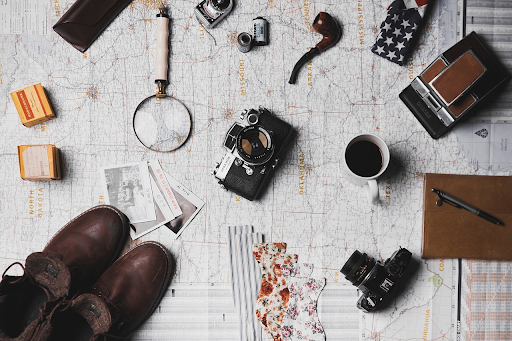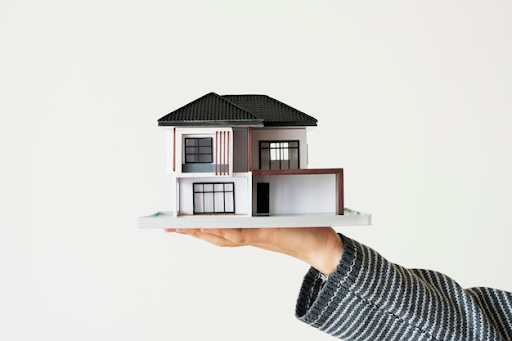It was Nelson Mandela who once said that sport “has the power to change the world, it has the power to inspire.” It also has the power to integrate
The recently concluded Paris Olympics had a record amount of LGBTQ athletes, topping the Tokyo Olympics of 2021. The high profile of some of the athletes involved, including team gold-medal winning American 100-meter sprinter Sha’Carri Richardson showed that there is huge scope to make sport ever more inclusive for this community.
The basketball season is almost upon us and NBA odds are out for 2024/25. The NBA has always been at the forefront of the LGBTQ movement which will be seen through a number of annual initiatives as the ball gets rolling in October
The NBA was the very first major sports league to establish an employee resource team for all its LGBTQ+ employees. The league has a commitment to diversity and social justice advocacy. NBA Pride has been focused on bringing together LBGTQ employees to create a holistic environment in which this community feels empowered and encouraged to be themselves and show themselves in the workplace.
What organisations are there?
For the last eight years, the NBA has had a contingent in the New York City Pride March, consisting of league staff members, ex-players, officials, family members, and senior executives to show this model is in action. It is only the tip of the iceberg though. The NBA has been working with organisations to ensure action is taken across real-life issues that can show the positive universal effect of inclusion.
The NBA backs LGBTQ+ partners economically with the help of advocacy groups such as Athlete Ally, opening doors for merchandise to be sold in the NBA and WNBA Store. The LGBT community in the U.S. has considerable buying power which means that there are huge economic benefits for sports leagues. Business owners of that population are just as entrepreneurial as anyone else.
At the moment, almost all of the 30 NBA teams host an annual Pride Night. These generally feature themed activities, community outreach, and collaborations with LGBTQ+ organizations. They are far more than just a nod or half-hearted gesture in respect of diversity. They are truly a team effort that involves the kind of teams, players and fans that are seen on those New York marches.
Awareness one of the many targets
Each team brings a different spirit to the occasion with merchandise given out like team tops with half-time shows. It’s particularly effective when the nights include players who can participate in community events and use their position to encourage acceptance. For instance, GLAAAD, an advocacy group, has worked with the likes of Shaquille O’Neal to promote stories from the community to break down barriers through social media and digital entertainment channels.
The benefits of bringing together a talent pool that accepts each individual and encourages them to shine can only be productive. If the message is to ensure that employees are no longer outsiders working to burst through multiple barriers just to reach the application process, then the acceptance will drive productivity to deliver the goals of the organization like the NBA. It an employee feels devalued and disrespected through policies that are not inclusive, then the company suffers and the community will feel less connected.
What else are teams doing?
There has been some superb work done by NBA teams to create the environment that will harness the power of the LGBTQ+ populace. The Los Angeles Lakers have been holding annual Pride Nights since 2018 when they presented the “Laces of Unity” Award to Jason Collins who was the NBA’s first openly gay active player in 2013. These nights welcome prominent members of the LGBTQ community and also have special guests who can spread the word and advocate.
The Lakers Youth Foundation have also hosted the Lakers LGBTQ+ Tee-Off. This event has connected with Rainbow Labs, a community partner that encourages Queer and Gender Nonconforming Youth to discover and live a full life through community building. Mentors can guide them through the ups and downs to create that balance that brings belonging.
The Los Angeles Clippers were even more ahead of the game with their connections. Back in 2011, they hosted a first-ever Equality Night in partnership with Equality California, an LGBT civil rights group and Outsports.com, a sports broadcast outlet for gay sports fans. Catering for LGBTQ sports fans is key in building fanbases, so it’s a no-brainer.
Ultimately, the NBA’s key target is to try and represent safe spaces where they fans and players of all abilities can celebrate their identities and love for the game without any fear. There’s a message there about the power of sport in getting people together and celebrating the love for something even if they hold differences elsewhere.






















